Vibration measurements are made in order to identify when preventive or corrective repairs are required on machinery. These repairs are made in order to reduce or eliminate the noise that damaged equipment make. This prevents catastrophic failure of the equipment. Vibration measurements are frequently made on process control equipment and rotating machinery such as the shafting on large sea going vessels. In process control equipment, excessive vibrations limit processing speeds or cause machine failure. On vessel shafting, they can be an indicator of the shaft being out of alignment, which can result in significant damage to the valuable bearings supporting the shafting.
What Are the Basic Components of Vibration Measurement Systems?
The basic components of vibration measuring devices/systems include the vibration pickup, preamplifier, and processing and display equipment. In these systems, there are also transducers used to convert mechanical energy into electrical by making an electrical signal that is an output resulting from the mechanical vibration. The two common types of transducers used in vibration measurement systems are the velocity pickup and accelerometer. The velocity pickup sends an electrical signal that is sensitive in the mill-volts range and has a low natural frequency. They are normally stud-mounted to the equipment being measured or affixed with magnets to the surface being measured. The magnetic means of mounting has a smaller usable frequency range than stud mounted pickups. The velocity pickup is commonly used as the transducer in a vibration measurement system, but large alternating current carrying cables or machines can affect it. The accelerometer is another transducer option for a vibration measurement system that has a wide useful frequency range, are smaller than velocity pickups, and have a wide frequency range. They can also be used with electronic integrating networks to get a proportional voltage to displacement/velocity.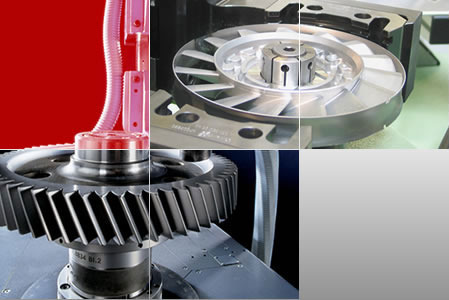
Vibration Measurement System Preamplifiers
The preamplifier magnifies the vibration pickup signal and it also serves as an isolation device or impedance transformer between the processing and display equipment and the vibration pickup. The two types of preamplifiers are: 1) the charge amplifier – gives output voltage proportional to the input charge and 2) the voltage amplifier – output voltage is proportional to the input charge. The voltage amplifier is less expensive and more reliable, but may not be suitable for all systems.
Vibration Measurement System Processing and Display Equipment
For most systems, the processing equipment for vibration measurement is a spectrum analyzer. It can simply display the RMS value of the vibration displacement or can provide an analysis of the entire vibration detection spectrum. They are typically a constant-percentage or a constant-bandwidth device and have a display screen or cathode ray tube that can provide detailed frequency information. Modern systems may also be integrated with networked monitoring of an entire plant or ship’s engineering plant to be sent to a central monitoring location that is not in the same location as the vibration management system.
Vibration Monitoring
Vibration monitoring is the science of observing and measuring vibrations in a solid or liquid, although vibrations in gases can sometimes be observed as well. Vibration monitoring involves the use of carefully calibrated machines and precise measurements to carefully detect small movements across far distances. Vibration monitoring has many uses and is present in a number of industries.
Applications of Vibration Monitoring
Vibration monitoring is featured in a variety of machines and is used to perform a number of highly specific tasks. For example, vibration monitoring systems are used in seismology to detect earthquakes, meteor impacts, and tremors. They are also used to keep machines calibrated and are often used more than machine diagnostics, due to their long lasting effects and precise measurements. Vibration monitoring systems are also used in generators, turbines, and some types of engines in order to measure power output levels and keep the devices from overloading.
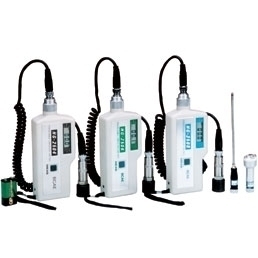 Types of Vibration Monitoring Systems
Types of Vibration Monitoring Systems
In order to accurately measure vibrations in all types of terrains and objects, scientists use several different types of vibration monitoring systems. There are three major types: accelerometers, velocity pick-ups, and Eddy probes. While each of these systems detect and measure different types of vibrations, some vibration monitoring systems use all three detection methods.
Accelerometers
An accelerometer is a vibration monitoring device that has a crystal that compresses and decompresses when a vibration is applied. The crystal then produces an output current that is proportional to the Earth’s gravity. Accelerometers are most often used to read high frequency bearing caps and other high frequency devices. Accelerometers are also used in small electronic devices such as game controllers, media players, etc. to detect falling, vibration shock, orientation, and acceleration. For example, the Wii gaming system has a controller with a built-in accelerometer that allows the user to move the controller in order to control in-game actions.
Velocity Pick Up
A velocity pick-up (velocity sensor) is a vibration monitoring device that is capable of detecting movement based on velocity. There are two types of velocity sensors: mechanical and electronic. An electronic velocity sensor is effectively an accelerometer with a built in electronic integrator. On the other hand, a mechanical velocity sensor has a hard casing that contains a coiled wire attached to a spring and an internal magnet. As the magnet moves with the device, it causes the spring to vibrate back and forth. This vibration produces an electrical current in the coil that external sensors can read. Because the velocity sensor only detects vibrations in the form of rapid movements, these movements are measured in velocity and can be read as inches or even millimeters per second.
Eddy Probes
An Eddy probe (Eddy Current Proximity Probe) is a vibration monitoring device that measures displacement. An Eddy probe consists of a coil wrapped around a ferrite core. When electricity is applied to the ferrite, the coil produces a magnetic field. This magnetic field transfers some of its current to nearby metallic objects, resulting in a reduction in the magnetic field’s flux density. The amount of flux density lost is directly proportional to how far away the metallic objects are, and a probe driver or transmitter can measure this as displacement.

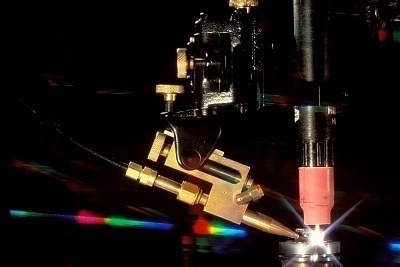
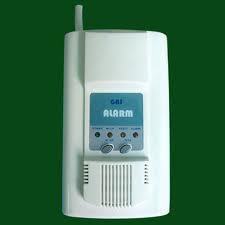
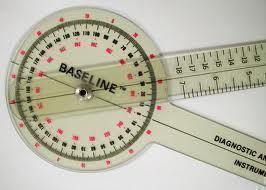
Nadeem
very good knowledge